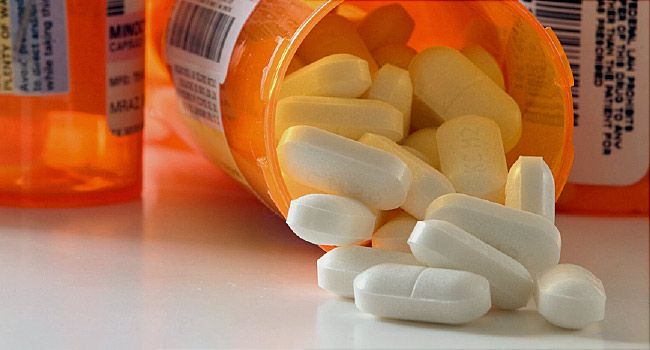
image:webmd
Fentanyl, the synthetic narcotic painkiller implicated in the 2016 overdose death of singer Prince, has been named a chief culprit in the nation’s opioid crisis, a new study finds.
“The findings …. confirm what front-line health care and law enforcement professionals in towns and cities across the country know from firsthand experience: deadly synthetic opioids like fentanyl are now the main drivers of drug overdose deaths in the United States,” says Linda Richter, PhD, director of policy research and analysis for the National Center on Addiction and Substance Abuse.
Richter and other experts talked about fentanyl, how it works, and why it is so lethal when misused.
What is fentanyl, and what does it do?

Fentanyl cited in Prince's death
Officials reported recently that the synthetic opioid contributed to the singer's 2016 overdose.
Fentanyl is a powerful synthetic opioid approved by the FDA for use as a painkiller and anesthetic. It works by binding to opioid receptors in the brain, but it does so faster -- and in smaller doses -- than morphine or heroin. Like other opioids, it boosts levels of the chemical dopamine, which controls feelings of reward, pleasure, euphoria, and relaxation.
How is fentanyl used legally, as a prescription medication?
Fentanyl typically treats patients who need long-term, around-the-clock relief from severe pain, and it treats pain after surgery. When used for medical purposes, it is often given in a shot, a patch on the skin, or in lozenges.
How and why has it become a common illegally abused drug?
Fentanyl is about 50-100 times more potent than morphine and 50 times more potent than many forms of heroin. As a result, it can be dangerous and deadly if misused. When abused, it is typically swallowed, snorted, or injected.
How long has it been on the market?
Slideshow
What You Should Know About Opioids
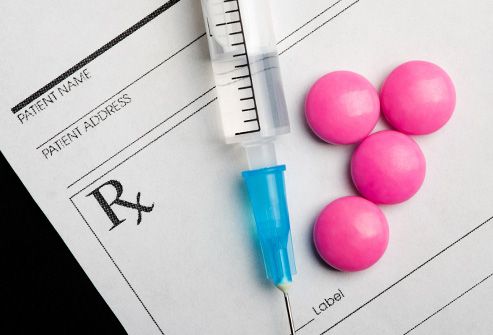
1 / 12
What Are They?
Also called narcotics, opioids are a kind of pain medication your doctor may give you after an accident or surgery, or as treatment for a chronic disease like arthritis. Most are made from the opium plant, but some (called synthetic opioids) are made in a lab. Either way, they affect the reward center of your brain and boost your levels of certain brain chemicals that block pain, slow your breathing, and generally make you feel calm.
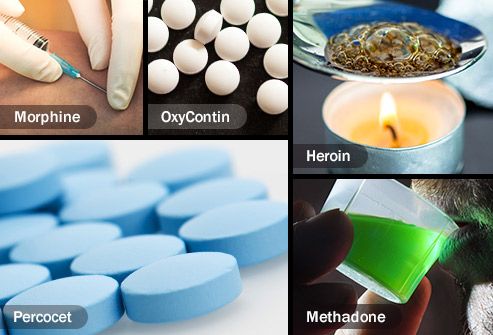
2 / 12
Types
Opioids have different strengths, and some are legal and some aren’t. Examples include:
Codeine
Meperidine (Demerol)
Oxycodone (OxyContin)
Oxycodone and acetaminophen (Percocet)
Fentanyl
Hydrocodone and acetaminophen (Lortab, Norco, Vicodin)
Methadone
Morphine
Heroin

3 / 12
Short-Acting vs. Long-Acting
Short-acting opioids, like Vicodin or Percocet, get medication into your system quickly. When you take them as directed, like immediately after surgery, you probably won’t have any issues. But if you take them for too long, it may be hard to stop. Long-acting opioids, like OxyContin, give your body a smaller amount of medication over a longer time. They’re used to treat diseases that cause chronic pain, like fibromyalgia or arthritis.

4 / 12
How to Use Opioids
If your doctor prescribes them for you, be sure to follow the directions. It’s usually best to take them on a regular schedule. If you wait until the pain is bad, you might need more medication, which makes you more likely to have side effects.
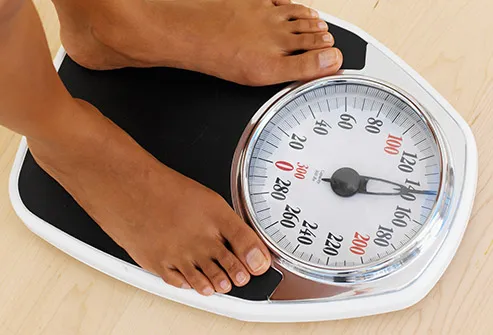
5 / 12
Common Side Effects
All medications have side effects, and opioids are no different. The most common one with short-term use is constipation. Others include:
Depression
Hot flashes
Erectile dysfunction
Weight gain
Weak immune system

6 / 12
Dependence
The longer you take opioids, the greater the chances that your body will get dependent on them. If that happens, you may have withdrawal symptoms -- like anxiety, a fast heart rate, sweating, nausea, and chills -- when you stop taking them. This is more likely if you try to stop too quickly instead of tapering off slowly. Talk to your doctor about how to stop safely.

7 / 12
Dependence vs. Addiction
If you've become addicted to an opioid, you'll have strong cravings for them that will be hard to resist. Other signs can include:
Using more than your doctor prescribed
Feeling powerless to stop the cravings
Acting irresponsibly, possibly in an effort to get more drugs
Mood swings, irritability, and feeling agitated
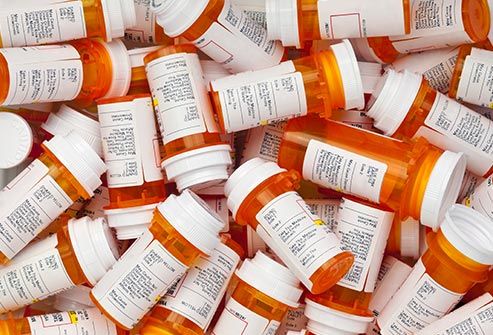
8 / 12
A Growing Problem
While most people use these medications safely, up to 12% of people who take them for chronic pain become dependent on or addicted to them. From there, some people move on to street drugs. About 80% of people who use the illegal opioid heroin say they misused a prescription one first. Heroin is often cheaper and easier to get.

9 / 12
What Raises Your Chances of Addiction?
Anyone can become addicted to opioids, especially if they don’t follow their doctors’ instructions. But some people may be more likely to than others. This includes people who:
Have had addiction issues with alcohol, tobacco, or other substances
Have a family history of substance abuse
Are in their teens or early 20s
Are female. (Women report chronic pain more often, and they may also become dependent more quickly than men.)

10 / 12
Treatment for Addiction
If you've become addicted, you may need a specialized program that could include medication to ease withdrawal symptoms, counseling to deal with cravings and depression, and guidance to help you avoid a relapse. For help with an opioid addiction, contact the Substance Abuse and Mental Health Services Administration (SAMHSA).

11 / 12
What to Do in Case of Overdose
This can be life-threatening. If you think someone might have overdosed, call 911 right away. Warning signs include:
Loss of consciousness or being very sleepy
Slow or irregular breathing
A slow pulse
Vomiting
Small pupils
If you or a loved one is dealing with opioid addiction, ask your doctor about a prescription nasal spray called naloxone (Narcan) that can quickly reverse the effects of an overdose. You may be able to keep it on hand in case of an emergency.

12 / 12
Other Options for Pain Relief
Ask your doctor if a strong nonsteroidal anti-inflammatory drug (NSAID), like diclofenac (Cataflam) or prescription-strength ibuprofen, might work for moderate pain. For chronic pain, you might try nondrug treatments like massage, exercise, or acupuncture, along with non-opioid medication.
Fentanyl was created in 1960 and introduced as an anesthetic later that decade. Because it
The Basics: Fentanyl
Fentanyl is a powerful opioid painkiller that's stronger than morphine or heroin.
About
The Basics: Fentanyl 0:59
Fentanyl is a powerful opioid painkiller that's stronger than morphine or heroin.
Reviewed by Laura Martin, MD on 10/28/2016|Sources
National Institute on Drug Abuse: " DrugFacts -- Fentanyl."; Medline Plus: "Fentanyl."; New York Times: "Heroin Epidemic Is Yielding to a Deadlier Cousin: Fentanyl," "Prince Overdosed on Fentanyl. What Is It?"; Stockbyte; Stockbyte; BananaStock; Joseph C. Justice Jr.; AudioJungle.
This video is from the WebMD Video Archive.
says some fentanyl users become addicted to the drug and then move on to heroin. “Many drug cartels realized they could quickly and cheaply produce fentanyl -- and then cut heroin with it,” she says. “Instead of heroin being cut and made weaker, fentanyl makes the substance exponentially more dangerous.”
What happens when someone stops using fentanyl?
Withdrawal symptoms can be extremely uncomfortable and painful, and may include muscle pain, diarrhea, vomiting, nausea, sweating, abdominal pain and cramping, rapid heart rate, insomnia, tremors, and anxiety.
What is the treatment for addiction to fentanyl?
Treatment for fentanyl addiction, like any opioid use disorder, includes the use of FDA-approved medications -- methadone, buprenorphine, or naltrexone -- prescribed and managed by a health care professional. It also includes professional therapy and recovery support systems, such as group counseling.
“There are medical interventions that work, and every person with an opioid use disorder should receive such professional care and have the treatments covered by insurance,” Richter says. “Nobody chooses to have addiction. It is a treatable disease.”
Can anything be done to reverse a fentanyl overdose?
The medication naloxone (Narcan) can reverse fentanyl overdoses. But because the opioid is so potent, patients often require much higher doses of the medication to be successful. Case in point: Prince received Narcan in the days before his death, but it didn't work, law enforcement officials reported.
How has law enforcement responded to the challenges posed by fentanyl makers, who are constantly changing the formulas for the drug so new versions might not be covered by laws making them illegal?
That has been a serious problem for law enforcement. Since fentanyl is a legal prescription drug, it didn’t fall under Schedule I of the Controlled Substances Act (CSA), which would have made it illegal. In response to this problem, the Drug Enforcement Administration in February issued a temporary order to place all fentanyl-related substances that are not already regulated by the CSA into Schedule I.
Criminal penalties will now apply to anyone who illegally makes, distributes, imports, exports, or possesses fentanyl-related substances. The order is effective for 2 years, with a possible 1-year extension. This will make it easier for law enforcement to deal with the explosion in fentanyl-related trafficking and overdose deaths.
source: webmd
What You Should Know About Fentanyl
![What You Should Know About Fentanyl]() Reviewed by siddo
on
May 04, 2018
Rating:
Reviewed by siddo
on
May 04, 2018
Rating:


No comments: